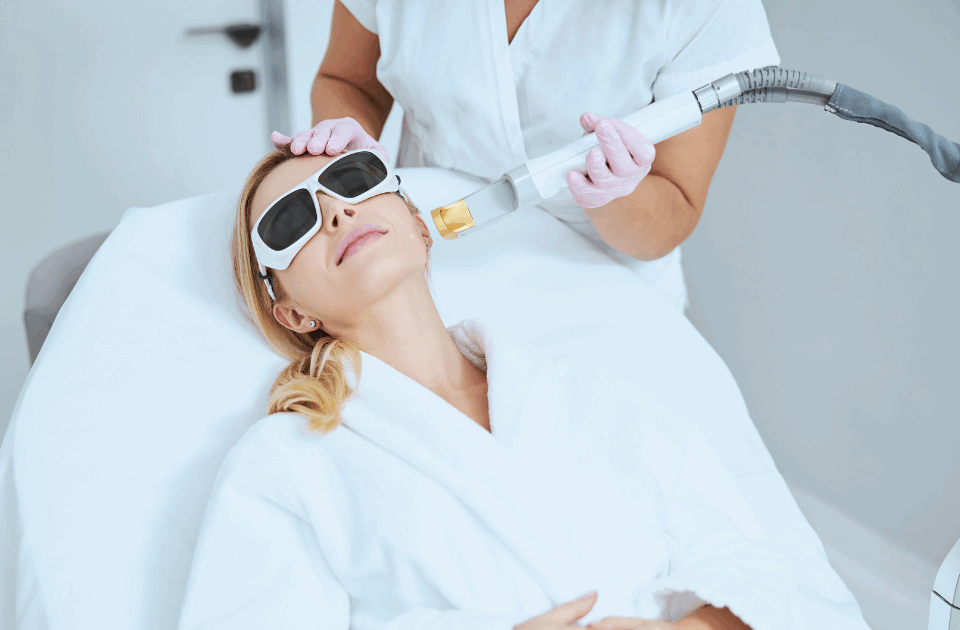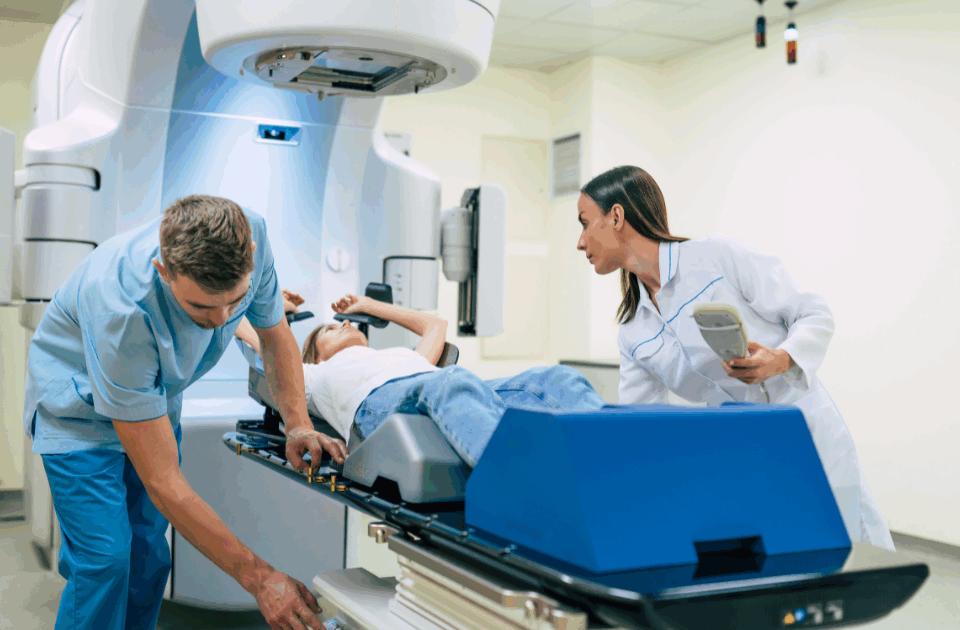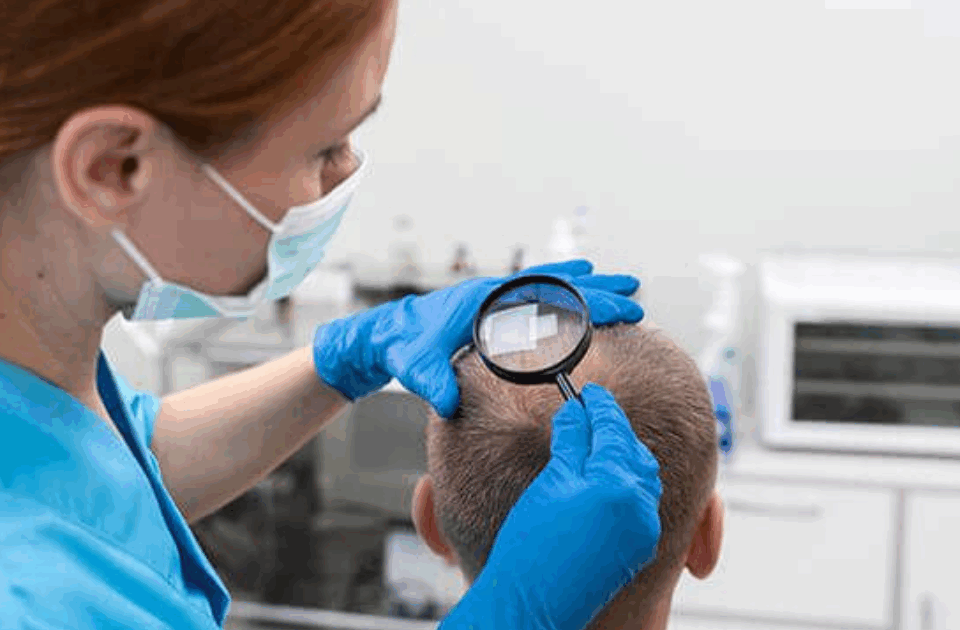
Everything You Need to Know About Women’s Health Check-ups at Novocare Hospital
September 10, 2025
Why Novocare Hospital Sargodha Should Be Your First Choice for Healthcare Services
September 11, 2025Breast health is one of the most crucial aspects of women’s overall well-being. Unlike some conditions that can be detected through symptoms or physical examination, breast diseases—especially breast cancer—often progress silently in the early stages. Detecting potential problems at the right time can dramatically improve treatment outcomes, reduce complications, and even save lives.
One of the most effective and reliable methods for early detection is mammography. At Novocare Hospital in Sargodha, our medical experts strongly emphasize the importance of this screening tool. By educating women about mammography, we aim to empower them with the knowledge they need to take proactive steps for their breast health.
In this comprehensive guide, we will explore the benefits of regular mammography, explain how the procedure works, outline screening schedules, bust common myths, and highlight the services offered by Novocare Hospital.
What is Mammography?
Mammography is a specialized medical imaging technique that uses low-dose X-rays to examine breast tissue. The procedure is primarily used for detecting early signs of breast cancer, often long before a lump can be felt manually.
During the test, the breast is gently compressed between two plates to flatten the tissue, ensuring that the X-rays capture clear and detailed images. These images are then reviewed by experienced radiologists to check for abnormalities, tumors, calcifications, or cysts.
Key Facts About Mammography:
- 🕒 Quick and non-invasive – usually completed within 20 minutes.
- 🔍 Detects tumors too small to feel during a clinical or self-exam.
- 🧬 Identifies both cancerous and non-cancerous conditions.
- 💡 Essential for early diagnosis and treatment planning.
Mammography is not just about detecting cancer—it’s also about reassurance and prevention, helping women stay informed about their health.
How Does Mammography Work?
While the idea of an X-ray may sound intimidating, mammography is a safe and straightforward procedure.
Steps in a Mammography Procedure:
- The patient stands in front of the mammography machine.
- The breast is placed on a flat platform and gently compressed between two plates.
- Low-dose X-rays are taken from different angles.
- Images are sent to a computer for digital storage and analysis.
- A radiologist reviews the images and prepares a report.
- The patient’s doctor discusses the results and next steps.
Types of Imaging Used:
- Digital Mammography – produces high-resolution images that can be enhanced for better accuracy.
- 3D Mammography (Tomosynthesis) – creates layered images of the breast for clearer visualization, especially in women with dense tissue.
The compression might feel slightly uncomfortable, but it lasts only a few seconds and ensures clearer images, reducing the need for repeat scans.
Benefits of Regular Mammography
The greatest advantage of mammography is its ability to detect breast abnormalities early, often years before they become physically noticeable.
1. Early Detection of Breast Cancer
Breast cancer can begin quietly, with no pain, lump, or outward symptoms. Mammography identifies even the smallest changes, giving doctors the chance to treat cancer at its earliest stage—when it is most curable.
2. Reduces Mortality
Research has shown that women who undergo regular mammograms are 40% less likely to die from breast cancer compared to those who skip screenings. Early detection allows for less invasive treatments and significantly improves survival rates.
3. Peace of Mind
For many women, regular mammograms offer reassurance. Whether you have a family history of breast cancer or are simply being cautious, knowing that your breast health is being monitored helps reduce anxiety and promotes confidence in your wellness journey.
4. Detects Non-Cancerous Conditions
Mammography is not only about finding cancer. It can detect benign breast conditions such as fibroadenomas, cysts, or calcium deposits, which may still require monitoring or treatment.
5. Personalized Screening Plans
Modern mammography enables doctors to tailor screening schedules. For example, women with BRCA1 or BRCA2 genetic mutations may need annual screenings starting at a younger age, while others can follow standard timelines.
Recommended Screening Guidelines
The frequency of mammography varies based on age, family history, genetic risk, and medical background. At Novocare Hospital, our doctors align with international recommendations while personalizing them to each woman.
| Age Group | Recommended Frequency | Notes |
|---|---|---|
| 40–49 years | Every 1–2 years | Consider family history and lifestyle risks |
| 50–74 years | Every 1–2 years | Most effective age range for detecting cancers |
| 75+ years | Based on physician advice | Depends on overall health and life expectancy |
| High-risk women | Annually or earlier | Includes BRCA carriers, strong family history, or prior chest radiation |
Risk Factors That Require Earlier Screening:
- Family history of breast cancer (mother, sister, or daughter)
- Genetic mutations (BRCA1, BRCA2)
- Prior breast cancer diagnosis
- Radiation therapy to the chest before age 30
- Dense breast tissue, which makes detection harder
- Lifestyle risks: smoking, obesity, alcohol consumption
Types of Mammography
Over time, mammography technology has improved significantly.
1. Digital Mammography
- Converts X-rays into digital images.
- Easier to store, share, and compare with past images.
- Often more accurate for younger women or those with dense breasts.
2. 3D Mammography (Tomosynthesis)
- Produces a three-dimensional view of breast tissue.
- Detects smaller cancers that might be hidden in overlapping tissue.
- Reduces the chances of false positives (incorrect cancer suspicions).
3. Diagnostic Mammography
- Recommended when symptoms are present (lumps, nipple discharge, skin changes).
- Provides more detailed imaging to investigate concerns.
Preparing for a Mammogram
Preparation helps ensure accurate results and comfort during the procedure.
Tips for Patients:
- 📅 Choose the right time – Schedule after your menstrual cycle, when breasts are less tender.
- 🚫 Avoid deodorants, powders, or lotions on the chest and underarms, as they may interfere with imaging.
- 👕 Wear a two-piece outfit for convenience.
- 📂 Bring past mammogram records for comparison.
Common Myths and Misconceptions
Unfortunately, many women delay mammograms due to myths. Let’s separate fact from fiction:
- Myth 1: Mammograms are very painful.
✅ Fact: Some pressure is felt, but modern machines minimize discomfort. - Myth 2: Radiation is dangerous.
✅ Fact: The radiation dose is extremely low and safe, comparable to natural background radiation. - Myth 3: If I feel fine, I don’t need screening.
✅ Fact: Early-stage breast cancer rarely causes symptoms. - Myth 4: Only older women need mammograms.
✅ Fact: Women as young as 40 should begin screening, especially if risk factors exist.
Understanding Mammogram Results
Mammogram reports are categorized into groups for clarity:
| Category | Description |
|---|---|
| Negative | No signs of cancer; continue routine screening |
| Benign | Non-cancerous findings; follow-up may be advised |
| Suspicious | Abnormality detected; biopsy or further tests needed |
| Malignant | Cancer cells identified; treatment planning begins |
It’s important to discuss results with your doctor to determine whether additional tests or treatments are necessary.
FAQs: Mammography at Novocare Hospital
1. How often should I get a mammogram?
Most women need one every 1–2 years starting at age 40. High-risk women may need earlier and more frequent checks.
2. Does mammography prevent breast cancer?
No, but it helps detect it early, when treatment is most effective.
3. Is mammography safe during pregnancy?
Routine screenings are not recommended during pregnancy, but urgent cases can be managed with protective measures.
4. What if my mammogram shows something suspicious?
Your doctor may suggest ultrasound, MRI, or biopsy for further evaluation.
5. Can men undergo mammography?
Yes, though rare, men at risk for breast cancer (due to genetics or family history) may also need screenings.
The Role of Novocare Hospital
At Novocare Hospital, we pride ourselves on delivering accurate, compassionate, and patient-centered mammography services.
Our Key Services:
- Advanced digital and 3D mammography machines.
- Highly trained radiologists with expertise in breast imaging.
- Personalized screening plans for women based on their risk profile.
- Counseling sessions to address patient concerns.
- Seamless follow-up care, including oncology referrals if needed.
Why Choose Novocare for Mammography?
- 🏥 State-of-the-art facilities
- 👩⚕️ Experienced, empathetic staff
- 🔍 Comprehensive care from screening to treatment
- 📚 Education programs promoting breast health awareness
Conclusion
Regular mammography is one of the most powerful tools in the fight against breast cancer. By ensuring early detection, it not only saves lives but also reduces the need for aggressive treatments, helping women maintain their quality of life.
At Novocare Hospital in Sargodha, we believe that knowledge, awareness, and timely action are the keys to protecting women’s health. By integrating mammography into your healthcare routine, you are making a proactive choice for your future.
Remember, breast health is not just about detecting illness—it’s about peace of mind, empowerment, and living a healthier tomorrow. With advanced facilities and expert care, Novocare is here to support women at every step of their journey toward wellness.




